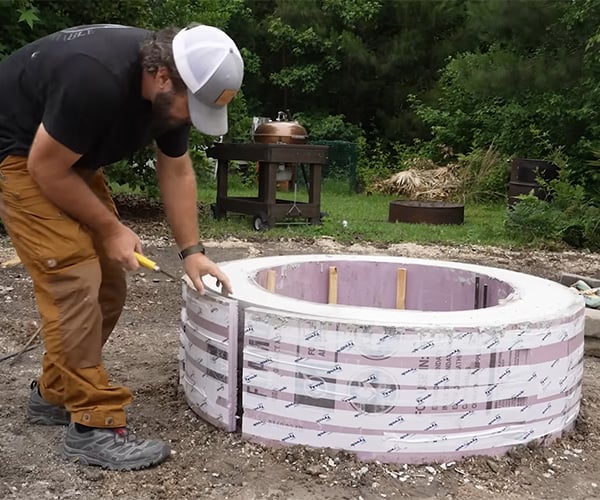https://picperf.io/https://laravelnews.s3.amazonaws.com/featured-images/futuristic-database-audit-02.jpg
The DB Auditor package for Laravel helps you audit your MySQL database standards and provides options to add missing constraints via CLI:

This package can help you identify areas of your database that need work during development to optimize your production database. It offers the following features:
- Audit and review an existing MySQL database
- Scan MySQL databases to provide insights of mysql standards and constraints
- Apply scan results automatically via the command line
- Show a list of tables that fail audit and don’t follow recommended standards
You can access all of the tools via Laravel’s Artisan console. One command I found interesting is the db:track command, which gives you information about migrations, such as when they were created, the fields created, and which Git user created them.
The project’s readme also includes instructions for enabling a web UI feature to see recommendations from a web browser. On GitHub, you can learn more about this package, get full installation instructions, and view the source code at vcian/laravel-db-auditor.
The post Audit MySQL Databases in Laravel With the DB Auditor Package appeared first on Laravel News.
Join the Laravel Newsletter to get all the latest Laravel articles like this directly in your inbox.
Laravel News


 History comes alive with the Ohio Civil War and Artillery show!Recoil
History comes alive with the Ohio Civil War and Artillery show!Recoil



